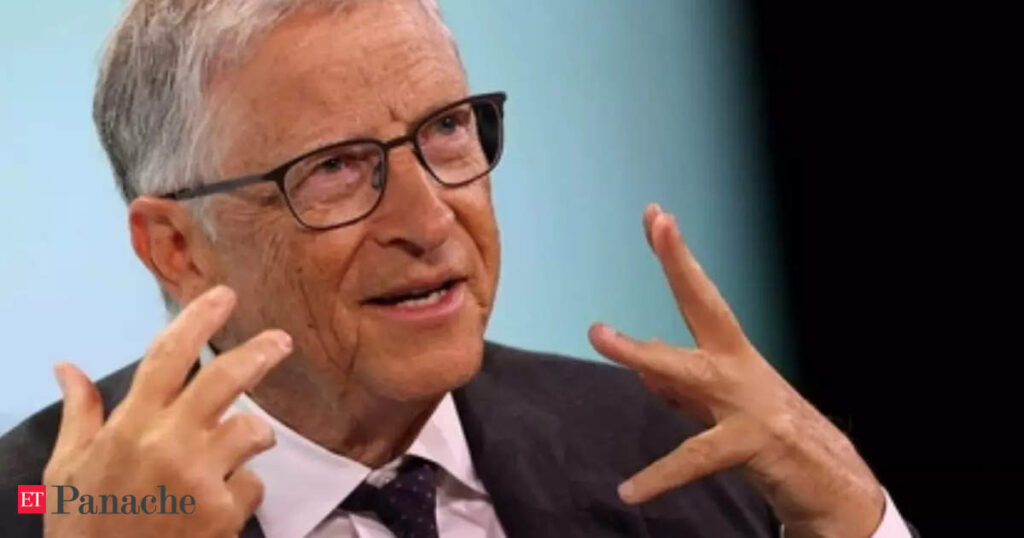
Taking to his personal blog, the Microsoft founder gave some hints about the secret technology that enabled the creation of this scientific miracle. He revealed that the butter was created using a combination of carbon dioxide, hydrogen, and oxygen chains. In an interview with the Guardian, he asserted that it tasted “like the real thing.”
He also wrote, “The idea of switching to lab-made fats and oils may seem strange at first. But their potential to significantly reduce our carbon footprint is immense. By harnessing proven technologies and processes, we get one step closer to achieving our climate goals.”
He also emphasised that the whole process was eco-friendly and reduced carbon emissions and wastage of fossil fuels. “The process doesn’t release any greenhouse gases, and it uses no farmland and less than a thousandth of the water that traditional agriculture does. And most important, it tastes really good – like the real thing, because chemically it is,” he wrote.
Savor stated that its products will have a substantially lower carbon footprint compared to animal-based alternatives. The “butter” produced by Savor emits less than 0.8g CO2 equivalent per kg, whereas traditional unsalted butter with 80% fat typically has a carbon footprint of 16.9kg CO2 equivalent per kg.
However, the butter may not be on the shelves anytime soon. Kathleen Alexander, Savor’s chief executive, said, “We are currently pre-commercial and working through regulatory approval to be able to sell our butter. We are not expecting to be able to move forward with any kind of sales until at least 2025. So far, we had informal taste panels with tens of people. We expect to perform a more formal panel as part of our commercialisation and scale-up efforts.”




